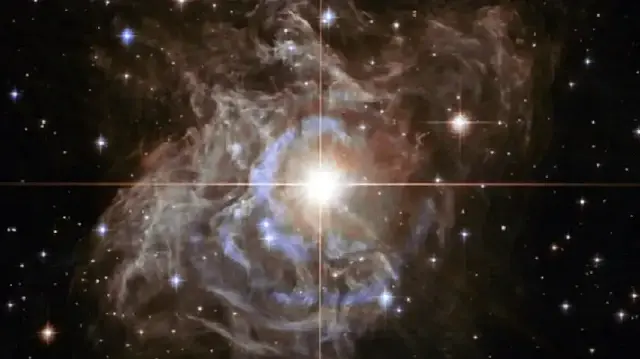Astronomers catalogue 40,000th near-Earth asteroid as discoveries surge

The European Space Agency has announced the discovery of the 40,000th near-Earth asteroid, marking a significant milestone in planetary defense. With detection rates accelerating dramatically, ESA highlights both Earth's vulnerability and advancing capabilities to track potential impact threats from space.
The European Space Agency (ESA) announced Thursday that astronomers have officially catalogued the 40,000th near-Earth asteroid (NEA), a milestone that underscores the rapidly accelerating pace of cosmic discovery. This achievement, reached in November 2025, highlights significant advances in planetary defense science while reminding humanity of its planet's position in a busy solar system.
Exponential Growth in Discoveries
The rate of discovery has surged dramatically, with 10,000 of these 40,000 asteroids identified in just the last three years. Luca Conversi, manager of ESA’s Near-Earth Object Coordination Centre, noted the exponential growth: "The number of discoveries is rising exponentially, from one thousand at the beginning of the century to 15,000 in 2016 and 30,000 in 2022." This pace is expected to increase further with new observatories like the Vera C. Rubin Observatory in Chile and ESA's own Flyeye telescopes coming online.
Assessing the Real Risk
While the growing catalogue might seem alarming, ESA provides crucial context. Of the 40,000 known NEAs, nearly 2,000 have a non-zero probability of impacting Earth within the next century. However, the vast majority are small and pose no meaningful danger. The largest asteroids, capable of global consequences, are almost all already tracked. The current focus is on locating mid-sized objects between 100 and 300 meters wide, which could cause severe regional damage and of which only an estimated 30% have been found.
Future Missions for Planetary Defense
ESA emphasizes that none of the currently known asteroids pose a threat for the foreseeable future, but preparedness continues. The agency's Hera mission is en route to study the effects of NASA's DART impact test, a key step in developing viable asteroid deflection techniques. Future projects include the Ramses mission to observe the asteroid Apophis during its 2029 flyby and the NEOMIR space observatory, planned for the 2030s, which will detect asteroids approaching from the sun's direction—a blind spot in current monitoring systems.
Reklam yükleniyor...
Reklam yükleniyor...







Comments you share on our site are a valuable resource for other users. Please be respectful of different opinions and other users. Avoid using rude, aggressive, derogatory, or discriminatory language.